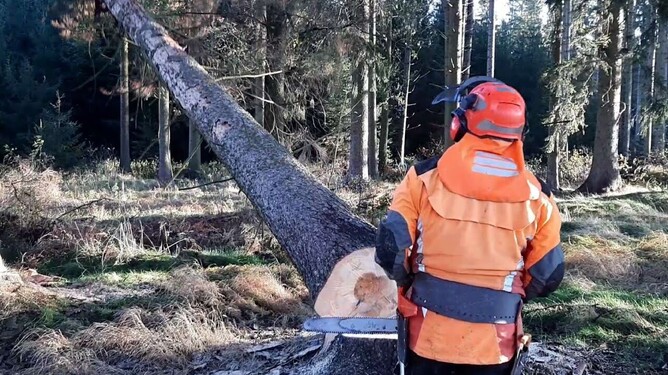It was March 2019 when sectors within the Primary Industries gathered to start discussions on the Reform of Vocational Education (RoVE) and now over two years later, albeit with COVID getting in the way a bit, we are still working our way through what this new educational system looks like.
We looked back at parts of that journey at a recent Forest ROVE Advisory Group (FRAG) meeting. We originally set out to establish a Forestry Skills Body with a governance group and an administration structure. With the onset of ITO’s and our own Competenz rolling into a mega organisation called Te Pukenga, we felt we needed to have a united voice. However, with the realisation that within primary there are over fifty different industry sector groups, we all became part of the Food & Fibre Workforce Development Council – Muka Tangata and it has come with its advantages but it is certainly playing out that we need our own voice. The reform mandate is very much industry-led, learner-focused and government-enabled and so we need to understand that we can force that by way of the approach.
Without getting bogged down in details, FRAG was set up to be a group of industry representatives providing input to the various RoVE workstreams and taking into consideration the Forestry & Wood Processing Workforce Action Plan. The group reflects a good cross section of stakeholders in forest industry education and training.
FRAG has recognised it is responsible for:
Co-designing as the industry lead, an operating model, including policies, rules, procedures and guiding principles, which align the forest industry vision for vocational training with the service provision offered by the RoVE.
Interacting with the Primary Workforce Development Council (WDC) – Muka Tangata, Te Pukenga, COVE, other Tertiary providers, Government agencies, Transitional ITOs (Competenz Forestry) and industry stakeholders.
In March 2022, yes two years on, FRAG decided to put up a document that gave a summarised overview of what has become important and key to the industry for the ideal state of training and education. We have called this a ‘BLUEPRINT’ and have taken the core principles of vocational training and applied to them the current state of play, the ideal state and change recommendations – and then identified the ROVE entity that we should be collaborating with. From this we can see that we need to be taking the top priority areas and working with focus groups within industry to ensure we have a collective approach and come up with potential solutions. Our last meeting highlighted that there continues to be the need to:
find solutions to the challenges faced by employers and learners,
generate the best learning environment,
provide flexibility across the supply chain,
emphasise consistency and training for Trainers,
translate good practises to produce an efficient and safe workplace,
endorse ROVE entities to consider and implement customised training models for forestry,
ensure our voice is heard with sound proposals.
As the realisation sinks in that vocational education and training sits across more than just skills and standards and NZQA unit standards, FRAG needs to extend discussions with other forestry entities that have a focus on workforce recruitment, reward and retention. Two of the more prominent groups include the Forest Owners Training and Careers Committee and the Forest & Wood Processing Workforce Council. As a sector we have limited resources to manage the complexities of the ROVE but also as an industry we need to be more collaborative with our strategy for the future of our workforce – it is becoming very clear how inter-related all this is. Which begs the question: Should and could we work under one entity and maintain the key components of each group under that one entity with a good representation from all sectors of industry?
To Quote Warwick Quinn, Deputy Chief Executive Employer Journey and Experience at Te Pukenga, “Our challenge and our opportunity is to work together to fundamentally broaden our thinking about who we offer vocational training to, and how best we should do that. We need to unbundle and repackage what we have to offer so it better meets learner and employer needs.”
The importance of forestry’s continued focus on positive promotion of the industry for careers and workforce engagement through to training our people to ensure a safe workplace and to providing efficiency with production, will also assist in managing the cyclic vagrancies of the export and domestic markets for our wood products.
With the support of MPI, FICA and funds from FGLT, we collectively launched the Universal Platform Recruitment campaign last month that involves some incredible new videos across the supply chain and a six-month roll out through national media channels with TikTok and Facebook collateral that will hopefully drive greater positive clarity within industry about what opportunities exist. To back that up though, we need to line up an effective and efficient training and educational pathway to grow the skills of those keen to work in an exciting industry for New Zealand.




